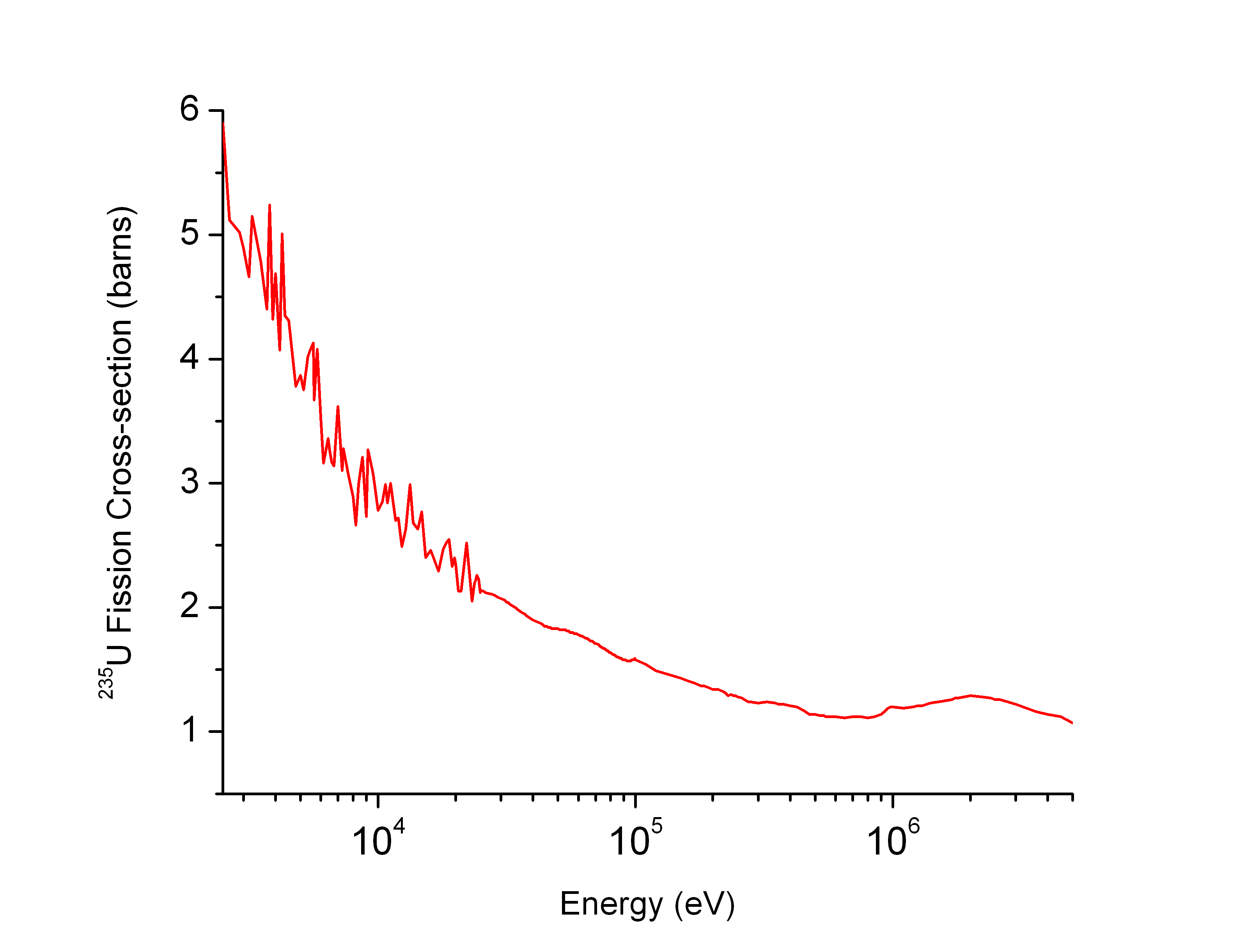Excitation Function on:
[Wikipedia]
[Google]
[Amazon]
 Excitation function ( yield curve) is a term used in
Excitation function ( yield curve) is a term used in
 Excitation function ( yield curve) is a term used in
Excitation function ( yield curve) is a term used in nuclear physics
Nuclear physics is the field of physics that studies atomic nuclei and their constituents and interactions, in addition to the study of other forms of nuclear matter.
Nuclear physics should not be confused with atomic physics, which studies the ...
to describe a graphical plot of the yield of a radionuclide or reaction channel as a function of the bombarding projectile energy or the calculated excitation energy of the compound nucleus. The yield is the measured intensity of a particular transition.
The excitation function typically resembles a Gaussian bell curve and is mathematically described by a Breit–Wigner function, owing to the resonant
Resonance describes the phenomenon of increased amplitude that occurs when the frequency of an applied periodic force (or a Fourier component of it) is equal or close to a natural frequency of the system on which it acts. When an oscillati ...
nature of the production of the compound nucleus. The energy value at the maximum yield on the excitation curve corresponds to the energy of the resonance. The energy interval between 25% and 75% of the maximum yield on the excitation curve are equivalent to the resonance width.
A nuclear reaction
In nuclear physics and nuclear chemistry, a nuclear reaction is a process in which two nuclei, or a nucleus and an external subatomic particle, collide to produce one or more new nuclides. Thus, a nuclear reaction must cause a transformatio ...
should be described by a complete study of the exit channel (1n,2n,3n etc.) excitation functions in order to allow a determination of the optimum energy to be used to maximize the yield.
See also
* Resonant reactionReferences